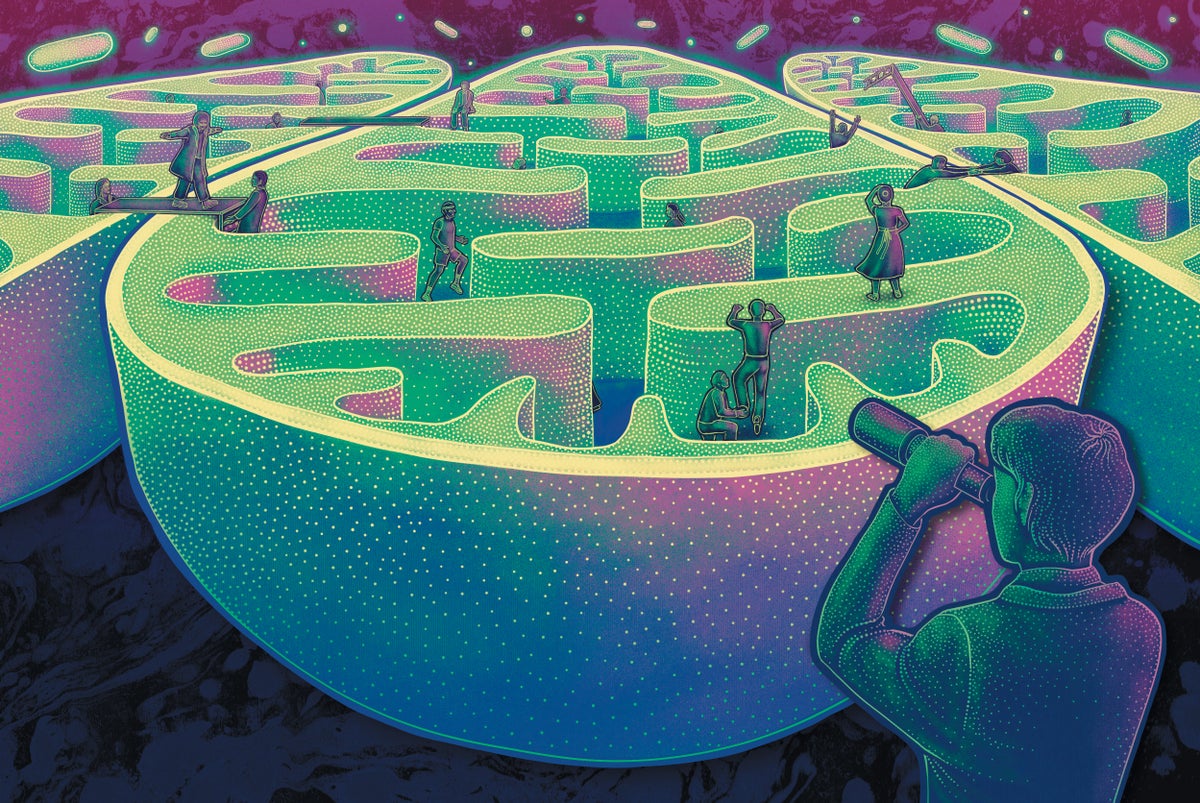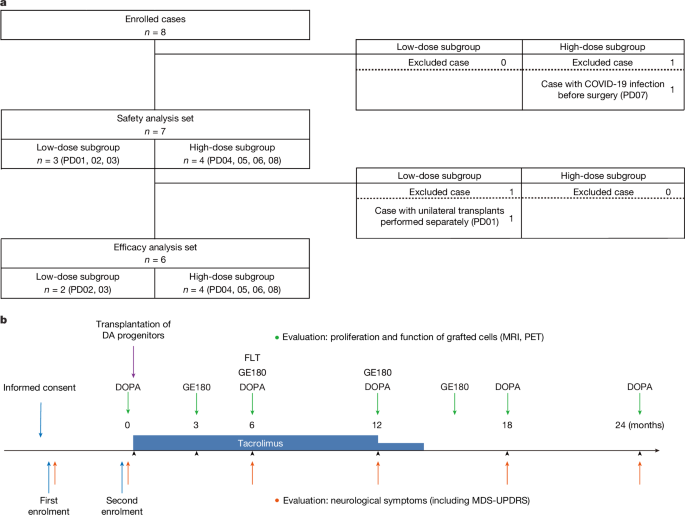Get the latest tech news
What Can a Cell Remember?
A small but enthusiastic group of neuroscientists is exhuming overlooked experiments and performing new ones to explore whether cells record past experiences — fundamentally challenging what memory is.
In a provocative study published in Nature Communications late last year, the neuroscientist Nikolay Kukushkin and his mentor Thomas J. Carew at New York University showed that human kidney cells growing in a dish can “remember” patterns of chemical signals when they’re presented at regularly spaced intervals — a memory phenomenon common to all animals, but unseen outside the nervous system until now. Gunawardena, a mathematician turned systems biologist who was until very recently at Harvard Medical School, went digging in the library stacks and discovered that the only real attempt to reproduce Jennings’ experiments had been made in the late 1960s on Stentor coeruleus, a completely different organism. Having rehabilitated Jennings, they’ve moved on to the lesser-known Beatrice Gelber, an iconoclastic scientist who left her post at the University of Chicago in the 1960s after she claimed to have “trained” a different single-celled ciliate, a paramecium, to associate an uncoated metal wire with food — think Pavlov’s petri dish.
Or read this on Hacker News
